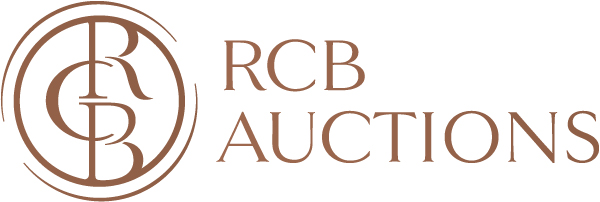Phum Khao Bin on Black, A Tale behind Intricate Pattern
Benjarong and exquisite trellis with rice motif or Lai Phum Khao Bin on a distinctive black background known among any avid Benjarong collector as Kabin Dum or Kabin (shortened from “Bin”) is a highlight due to its beautiful Thai motifs typically decorated on a gold background.

The term Bin was originated from Pali language, meaning a rice ball. Phum Khao Bin is a most popular one among 11 Thai motif patterns because of its delicacy and natural inspiration. The word Phum Khao Bin itself is derived from two Thai words. Phum refers to bush and Khao Bin is a bowl with sharp tip similar to lotus shape with repetitive geometric foliages. There is also a combination of some other elements to create some more fanciful versions such as Phum Khao Bin Narasingha (with a half-man and half-lion creature) and Phum Khao Bin and Kanok Bai Thet (with Kanok pattern and leaves).
Historically, Phum Khao Bin first appeared in the reign of King Rama I (1782-1809) because patterns and colors embellishing pottery were more various than those appeared in the Ayutthaya period.
It is believed that this highlight item was from the era of King Rama IV (1851-1868) or King Rama V (1868-1910) when ancient craftsmen typically created objects in odd number which is considered to carry prosperous meanings
In addition to utensils, this beautiful pattern was characteristic in Thai traditional architecture such as an emblematic Phum Khao Bin pagoda in Sukhothai style which conveys a subtle meaning of abundance and well-being of people. Last but not the least, it was an intricate embellishment on murals and sacred objects such as scripture cabinet.
Browse and bid this item on Timed Auction, 24 February – 5 March 2022 here.

